Trekking in Nepal: Your Ultimate 10-Tip Guide for an Unforgettable Himalayan Adventure
Nepal, the majestic land of the Himalayas, offers some of the most awe-inspiring and sought-after trekking experiences in the world. From the shadow of the mighty Mount Everest to the breathtaking scenic beauty of the Annapurna range and the tranquil, less-trodden landscapes of the Langtang Valley, trekking in Nepal is a true adventure that calls to every type of outdoor enthusiast. Whether you're a seasoned trekker ready to conquer high passes or a first-timer eager to witness Himalayan grandeur, Nepal offers a diverse variety of trekking trails suitable for all fitness levels and ambitions.
However, embarking on a Himalayan journey requires proper preparation. Understanding some essential travel tips for Nepal can make all the difference, ensuring your trek is not only safe and enjoyable but also deeply rewarding and truly unforgettable.
In this ultimate guide, we’ll share 10 crucial tips and pieces of advice for trekking in Nepal, covering everything from choosing the right trail and obtaining necessary permits to packing smart and staying safe on the Roof of the World.
1. Choose the Right Trek: Match Your Trail to Your Fitness Level Nepal boasts a vast network of trekking routes, from relatively easy cultural hikes to challenging, multi-day high-altitude expeditions. The crucial first step is selecting a trail that aligns with your current fitness level and trekking experience. Here’s a quick guide:
- Easy Treks: New to trekking? Consider routes like the Ghorepani Poon Hill Trek or the lower sections of the Langtang Valley Trek. These are typically shorter, less strenuous, involve lower altitudes, yet still provide stunning mountain views and cultural immersion.
- Moderate Treks: If you’re in good physical condition and have some hiking experience, treks like the iconic Annapurna Circuit or the Manaslu Circuit Trek offer more of a challenge but are generally achievable for most fit trekkers.
- Challenging Treks: For experienced trekkers seeking high altitudes and rugged terrain, legendary routes like the Everest Base Camp Trek, Makalu Base Camp Trek, or remote adventures like the Upper Dolpo Trek are ideal. These demand excellent physical conditioning and acclimatization.
2. Secure Necessary Permits: Your Gateway to the Trails Most trekking routes in Nepal require specific permits, and it's vital to obtain these before you start your journey. Common permits include:
- Annapurna Region: Annapurna Conservation Area Permit (ACAP) and the Trekkers’ Information Management System (TIMS) card.
- Everest Region: Sagarmatha National Park Permit and often a local municipality permit.
- Restricted Regions: Areas like Manaslu, Upper Mustang, and Upper Dolpo require special restricted area permits and often mandate trekking with a licensed guide and a minimum group size.
Always consult with your trekking agency (like HillyChilly!) or guide to ensure you have all the correct and current paperwork.
3. Hire a Licensed Guide and/or Porter: Enhance Your Safety & Experience While independent trekking is possible in some regions, hiring a licensed Nepali guide and/or porter can significantly enhance your safety, enjoyment, and understanding of the local culture.
- Guides: Are experienced in navigating the trails, managing logistics, and providing crucial assistance in emergencies or if altitude sickness strikes. They also act as wonderful interpreters of the local culture, history, flora, and fauna.
- Porters: Can carry the bulk of your heavy gear, leaving you with just a light daypack, making the trek physically more manageable and enjoyable. Hiring locally also directly supports the mountain communities.
4. Be Prepared for Altitude: Acclimatize, Hydrate, Listen Altitude sickness (Acute Mountain Sickness - AMS) is a critical concern when trekking in Nepal, as many trails ascend above 3,000 meters (9,842 feet).
- Ascend Gradually: This is the golden rule. Don’t go too high, too fast. Aim for no more than 300-500 meters of elevation gain per sleeping night once above 3,000m. Include acclimatization days in your itinerary for higher treks.
- Stay Super Hydrated: Drink plenty of water (3-4 liters a day is often recommended). Dehydration worsens AMS symptoms. Avoid alcohol and caffeine at high altitudes.
- Listen to Your Body: Pay attention to symptoms like headache, nausea, dizziness, fatigue, or shortness of breath. If they appear, do not ascend further. If they worsen, descend immediately and seek advice.
5. Pack Smart and Light: Essentials for the Himalayas Packing the right gear is crucial, balancing preparedness with keeping your load manageable.
- Layered Clothing: Essential for adapting to fluctuating temperatures. Include moisture-wicking base layers, a warm insulating layer (fleece or down jacket), and a waterproof/windproof outer shell.
- Footwear: Well broken-in, sturdy trekking boots with good ankle support are non-negotiable. Bring comfortable camp shoes/sandals too.
- Sleeping Bag: A quality four-season sleeping bag (rated to at least -10°C or 14°F, colder for higher/winter treks) is a must, as teahouse blankets may not be sufficient.
- Trekking Poles: Highly recommended to reduce strain on knees, especially on descents, and aid balance.
- Personal Essentials: Sunscreen (high SPF), lip balm with SPF, a wide-brimmed hat, good quality sunglasses, a comprehensive first-aid kit, headlamp, and your camera!
- Water & Snacks: Water purification tablets or a filter bottle are essential. High-energy snacks like nuts, dried fruit, and energy bars are great for the trail.
6. Embrace Teahouse Trekking: Comfort & Culture on the Trail Most popular trekking routes in Nepal are dotted with "teahouses" – local lodges offering basic but comfortable accommodation and meals. This is a fantastic way to experience local hospitality and meet fellow trekkers.
- Accommodation: Rooms are usually simple (twin beds, sometimes shared bathrooms).
- Food: Teahouses serve a surprising variety of food, with Dal Bhat being the staple – a nutritious and often all-you-can-eat meal. You'll also find noodles, momos, pasta, potatoes, eggs, and porridge.
- Costs: Prices are reasonable but increase with altitude due to remoteness.
7. Take Your Time: Savor the Journey, Not Just the Destination Trekking in Nepal is as much about the journey itself – the stunning landscapes, the warmth of the local people, the unique culture, and the connection with nature – as it is about reaching a specific viewpoint or base camp.
- Don't Rush: Walk at a comfortable pace. Give your body time to adjust.
- Appreciate Your Surroundings: Stop frequently to take photos, soak in the views, and observe the local life. This is a transformative experience.
8. Be a Responsible Trekker: Respect the Environment & Culture Nepal's natural beauty is its treasure. As visitors, we have a responsibility to protect it.
- Leave No Trace: Carry out all your non-biodegradable trash. Avoid plastic water bottles where possible (use purification).
- Stay on Marked Trails: To prevent erosion and preserve delicate vegetation.
- Respect Wildlife: Observe from a distance; do not feed animals.
- Cultural Sensitivity: Dress modestly, ask permission before photographing people, and be mindful of local customs.
- Support local communities by buying local products or using local services responsibly.
9. Understand the Cost of Trekking in Nepal While relatively affordable, it's important to budget properly. Key costs include:
- Permits: Vary from $20 to $500+ depending on the region.
- Guides/Porters: Guides approx. $25-$35/day; Porters approx. $20-$25/day (can be shared).
- Accommodation & Food: Teahouses roughly $5-$15/night; meals $15-$30/day (increasing with altitude).
- Transportation: Domestic flights (e.g., to Lukla, Pokhara) or bus travel.
- Gear: Purchase or rental.
- Travel Insurance: Essential, covering high-altitude evacuation.
10. Prepare for Unpredictable Weather: Layers are Your Friend Himalayan weather is notoriously changeable, especially at higher altitudes.
- Best Seasons: Generally March-May (spring) and September-November (autumn) offer the most stable conditions.
- Be Prepared for Anything: Even in good seasons, expect potential rain, wind, cold temperatures (especially at night and higher up), and strong sun. Layering your clothing is key.
- Check Forecasts: But always be prepared for conditions to differ from predictions.
Conclusion: Your Himalayan Adventure Awaits!
Trekking in Nepal is truly a life-changing adventure. It offers not just breathtaking views and physical challenges, but also deep cultural immersion and an opportunity to connect with nature in one of the world's most stunning and spiritual places. By following these essential tips, you can ensure your journey is safe, enjoyable, and profoundly fulfilling.
Ready to plan your unforgettable trek? HillyChilly.com offers expertly crafted trekking packages, including options with unique gamified experiences and AR quests that allow you to explore and earn rewards within the Baakhapaa ecosystem. Let us help you prepare for an adventure that will stay with you long after you’ve returned home!

Your ultimate guide to trekking in Nepal! Get 10 essential tips on choosing trails, permits, altitude, packing, teahouses & safety for an unforgettable Himalayan journey.
Hilly Chilly


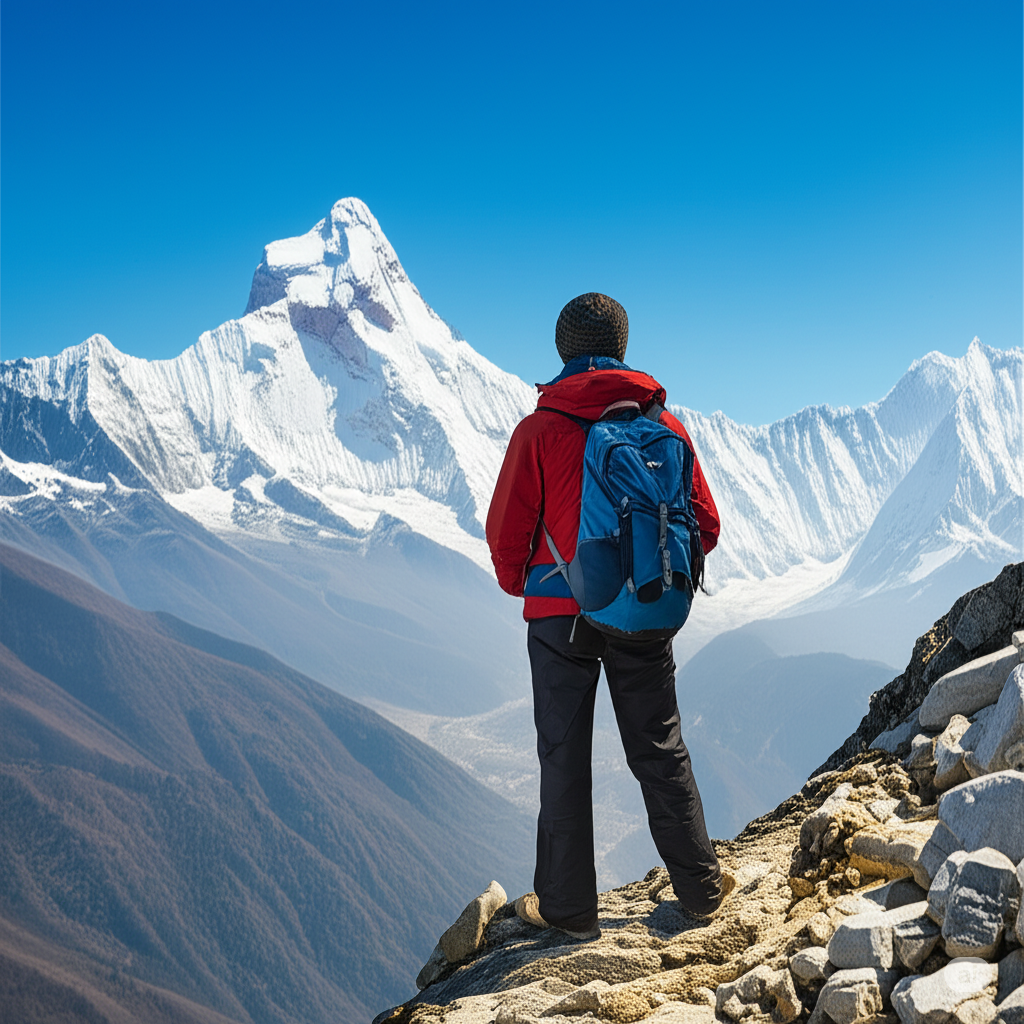
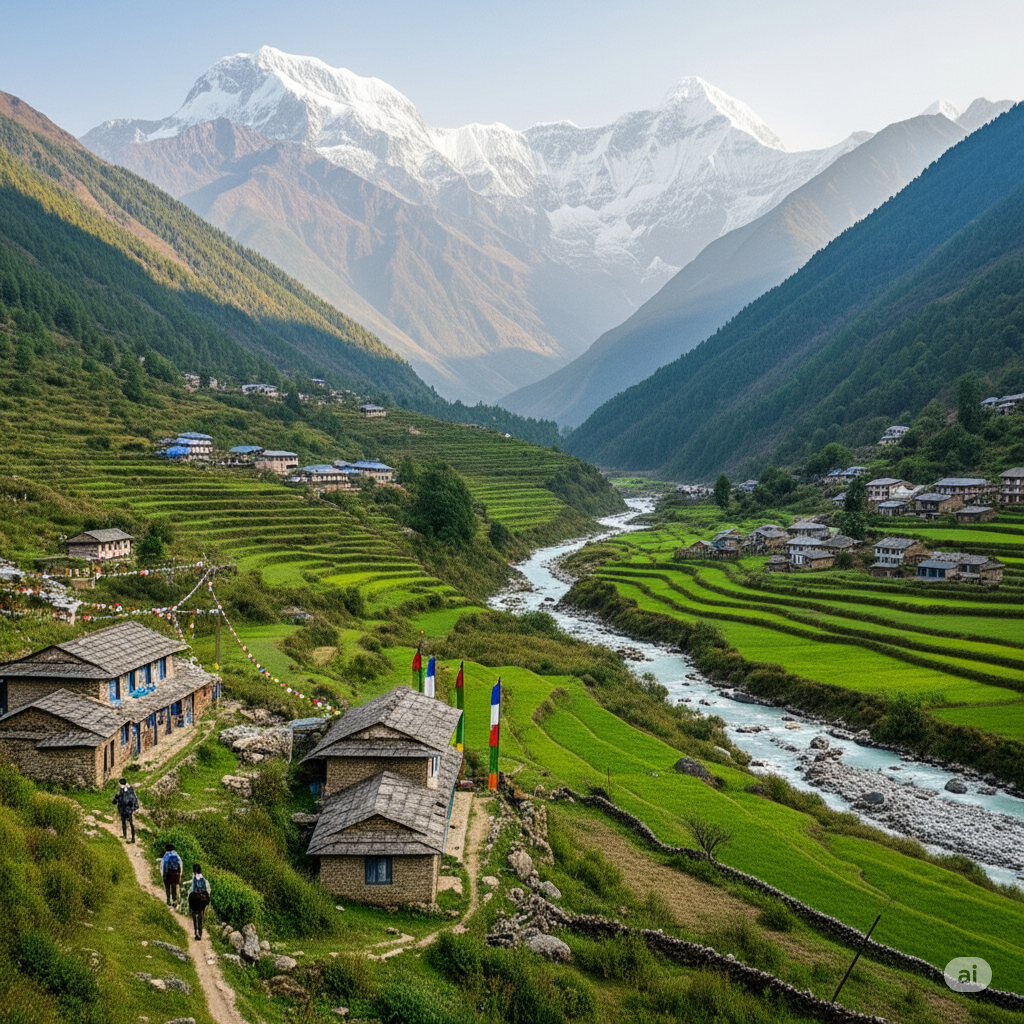
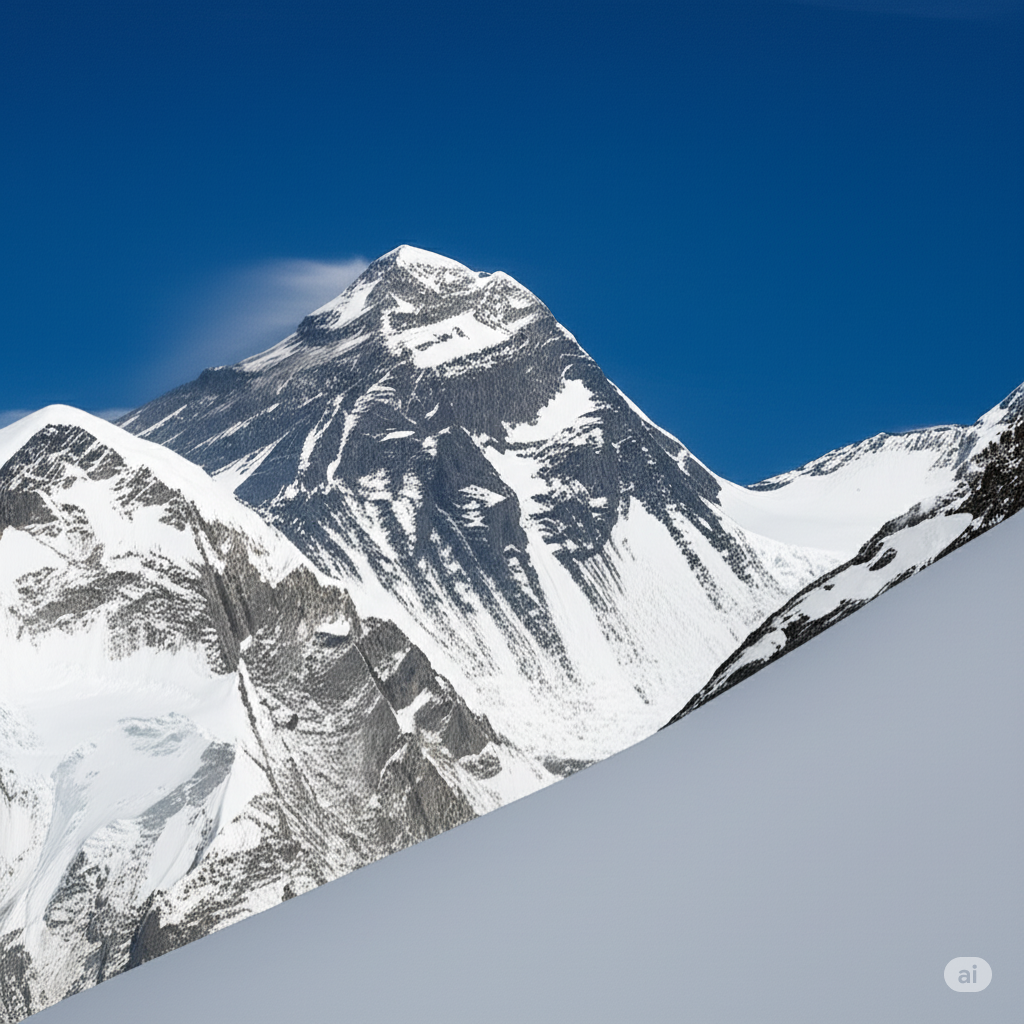
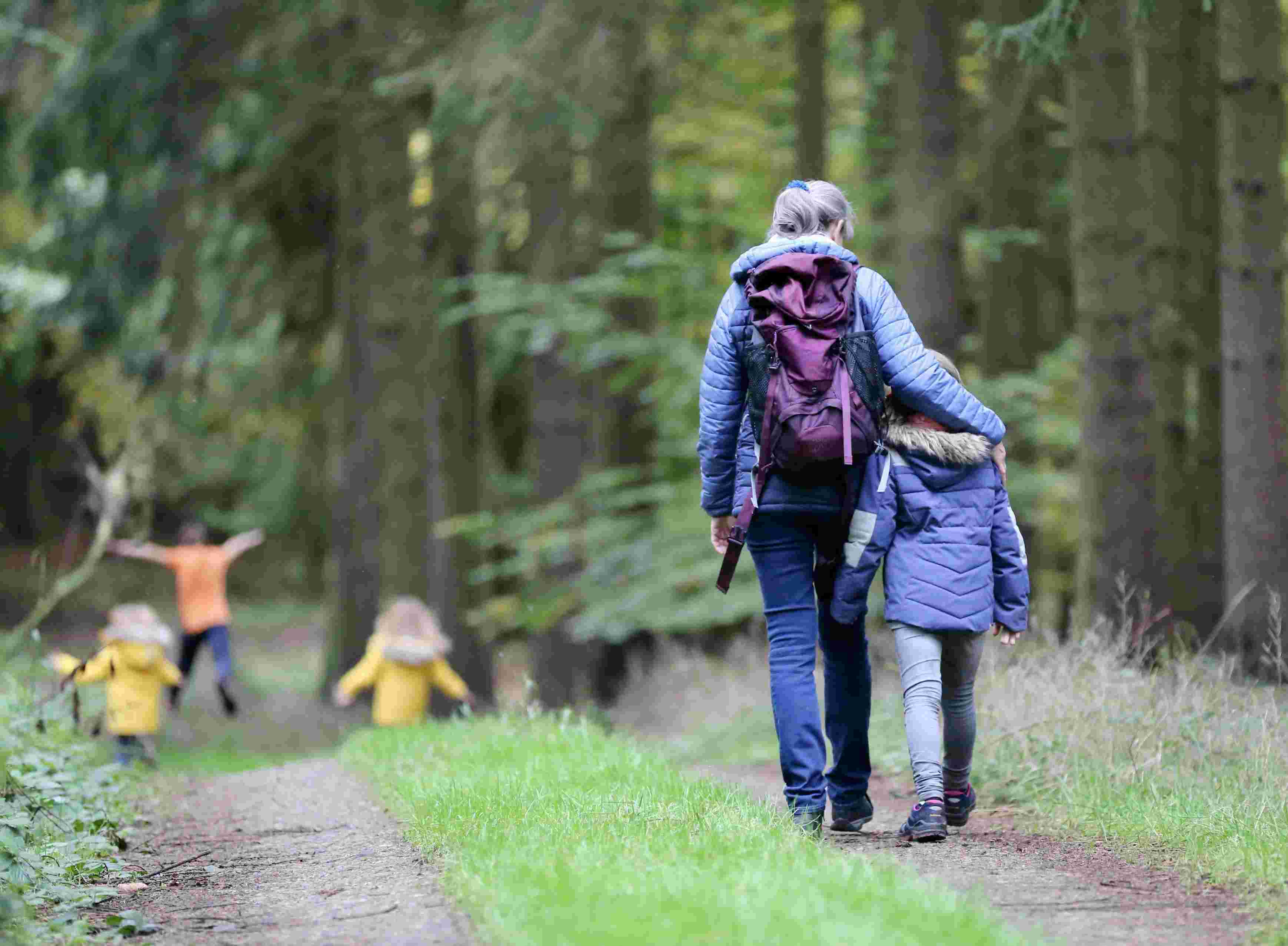
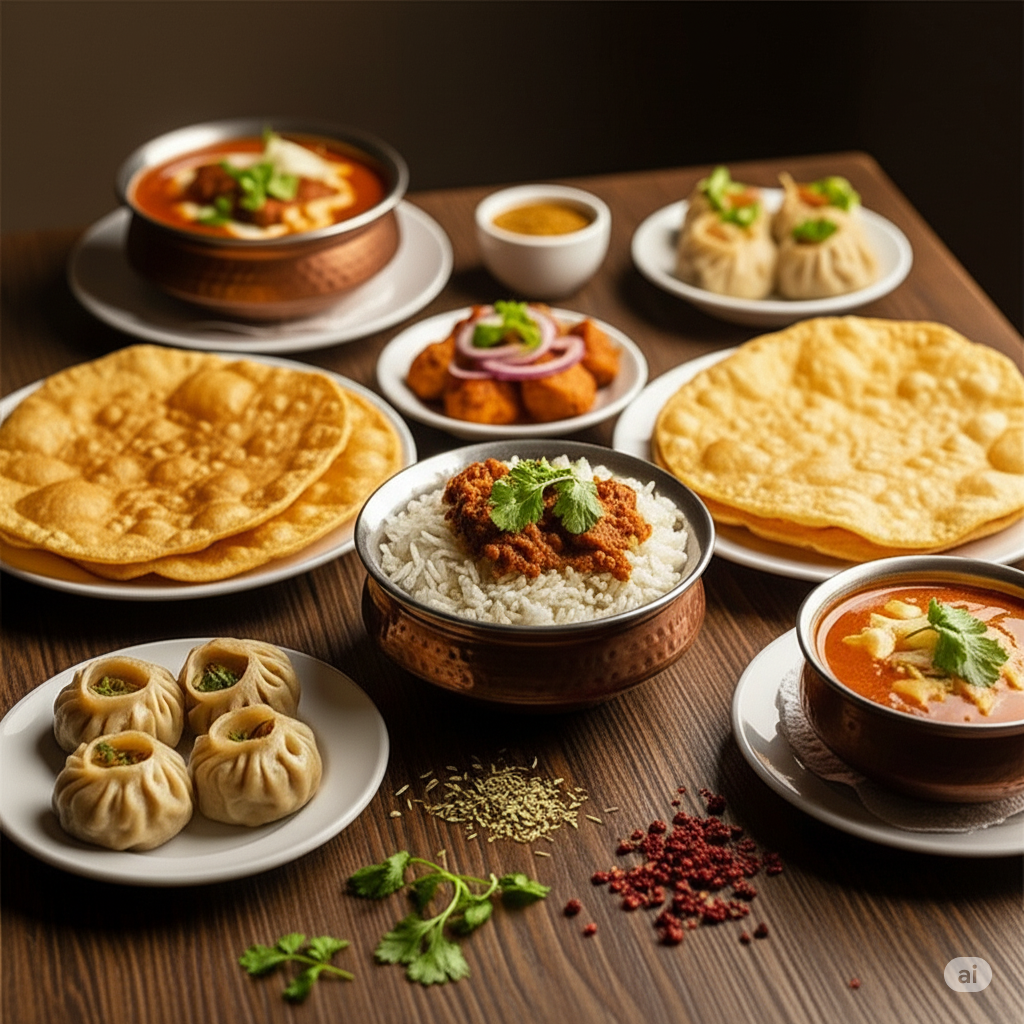
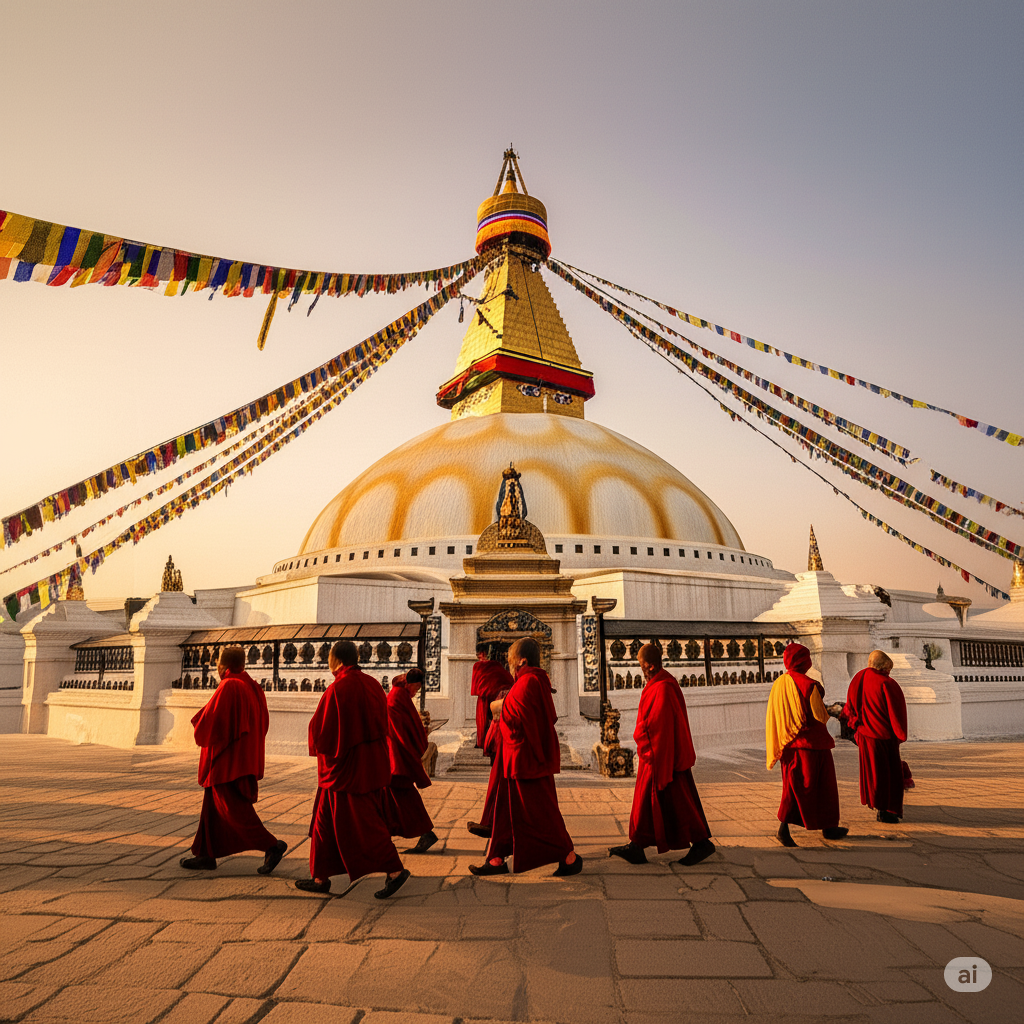
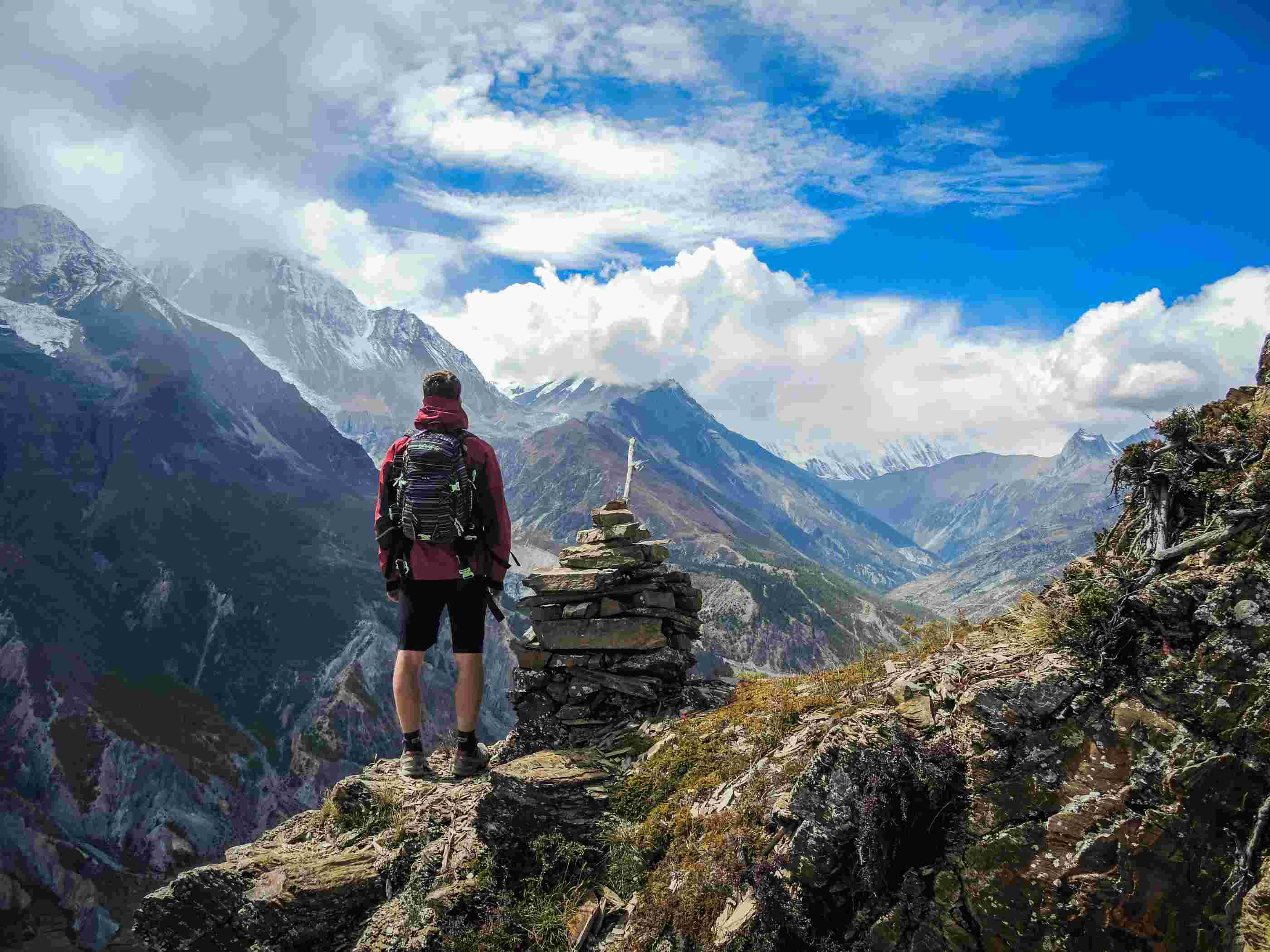
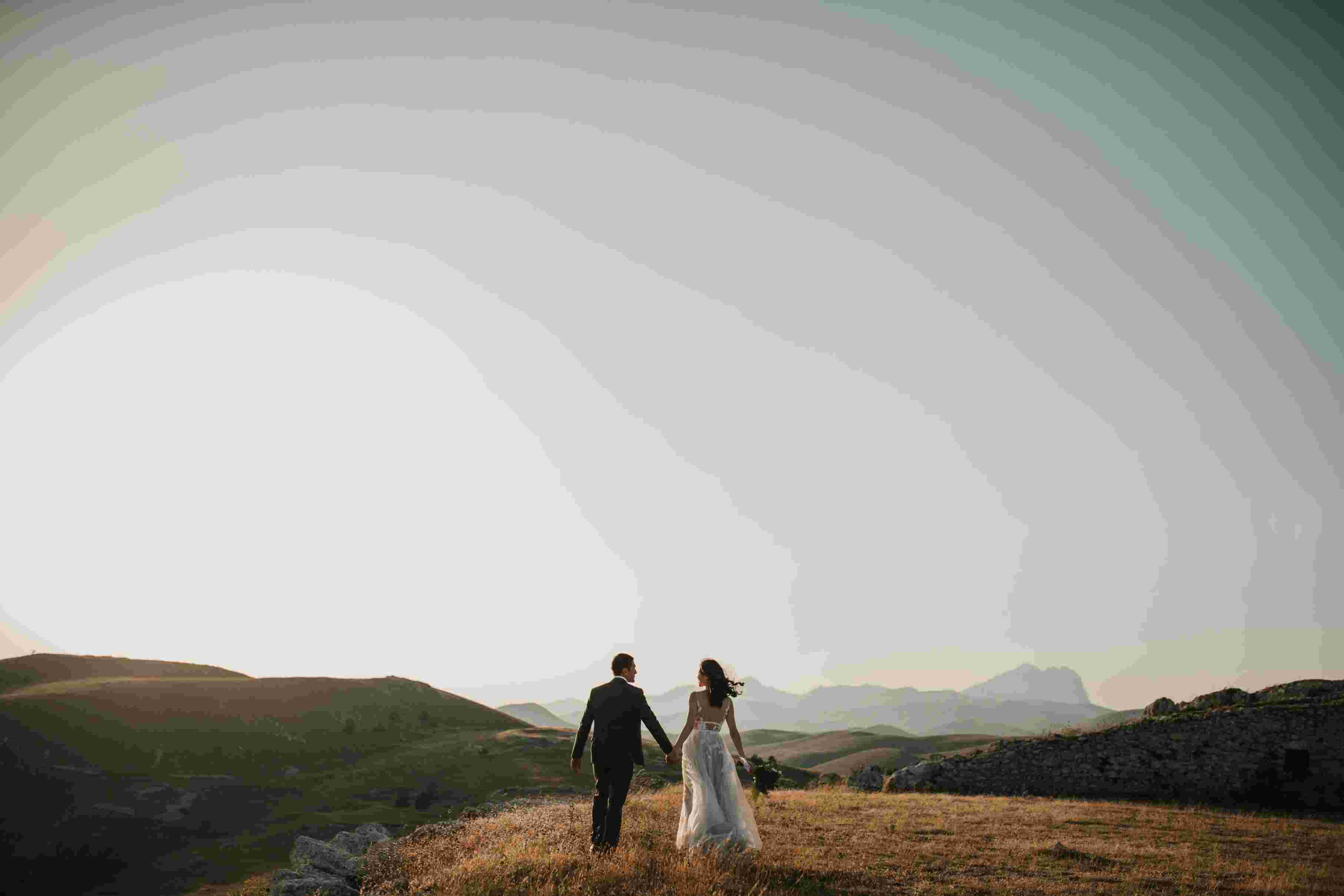
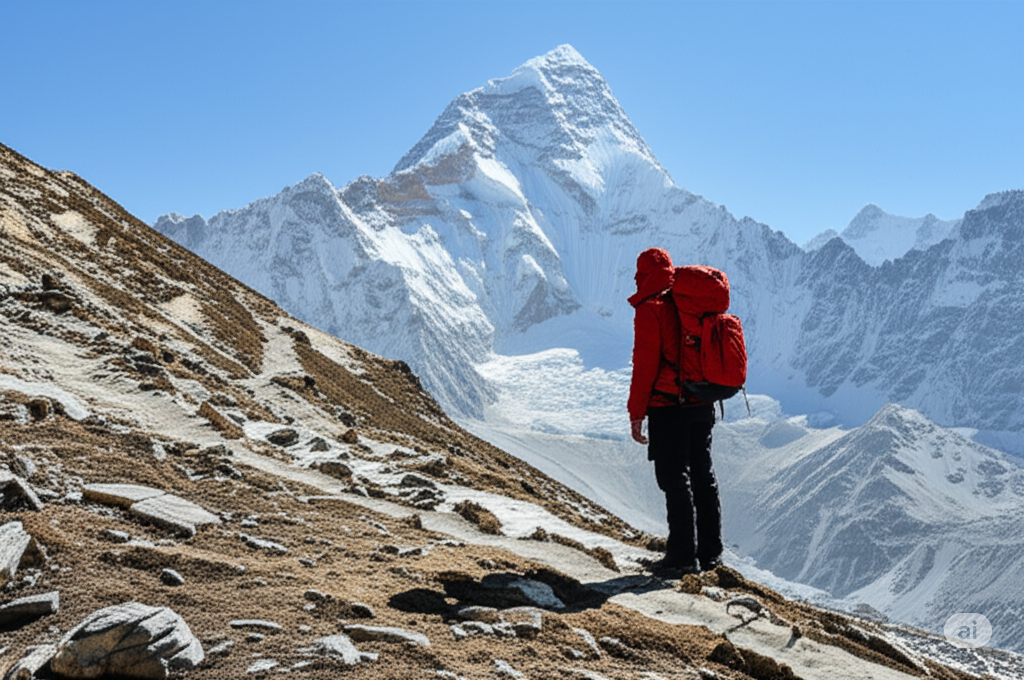
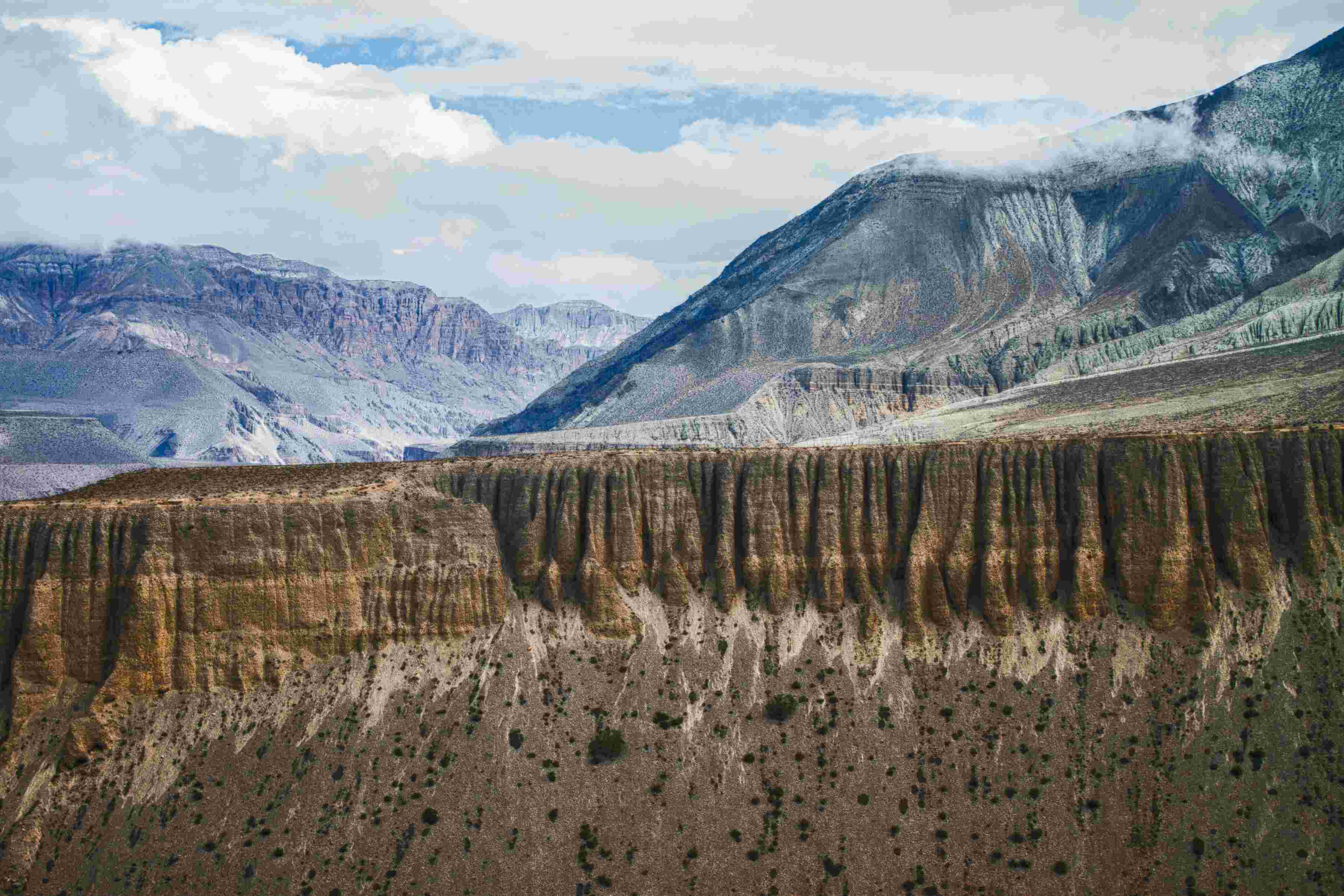
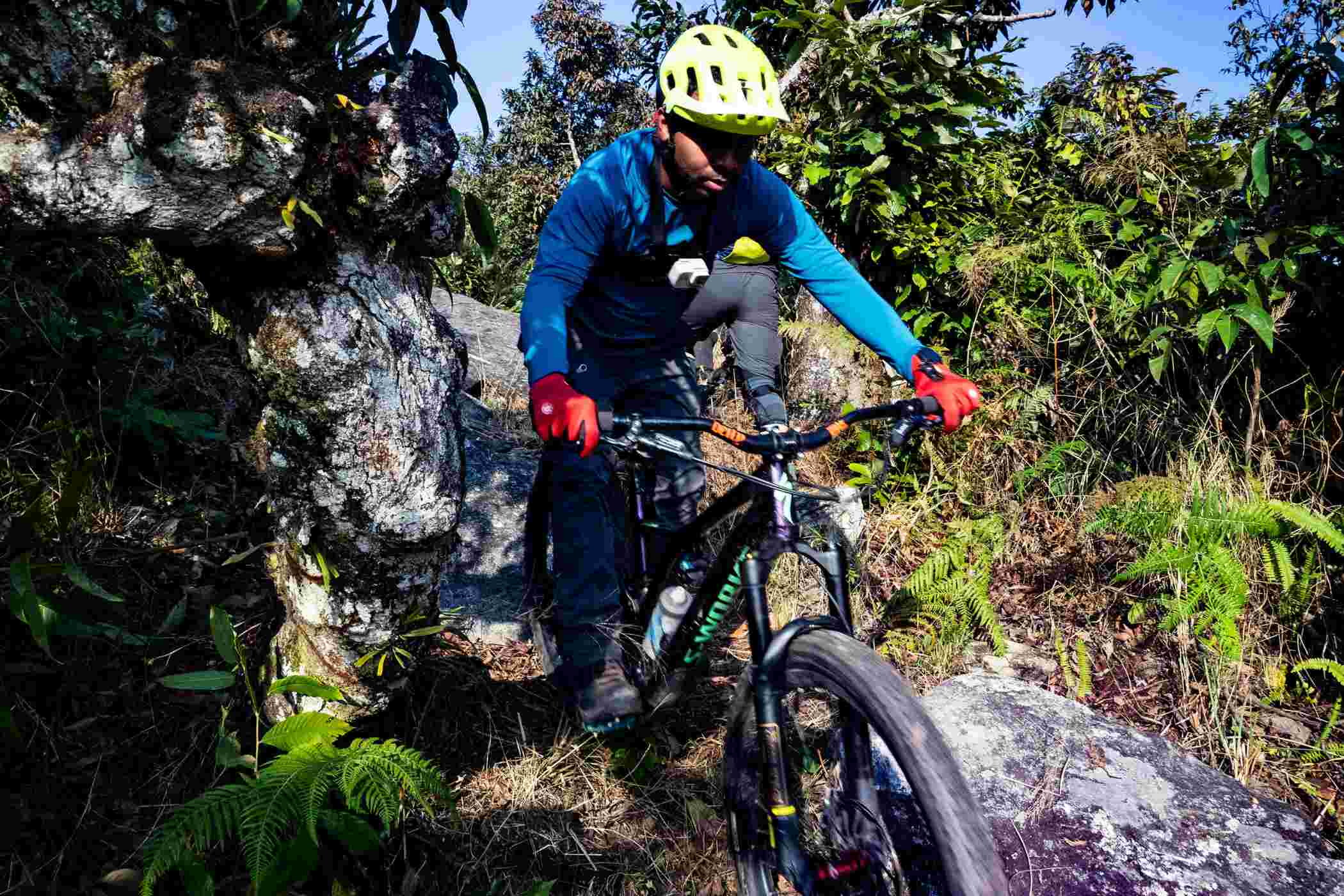
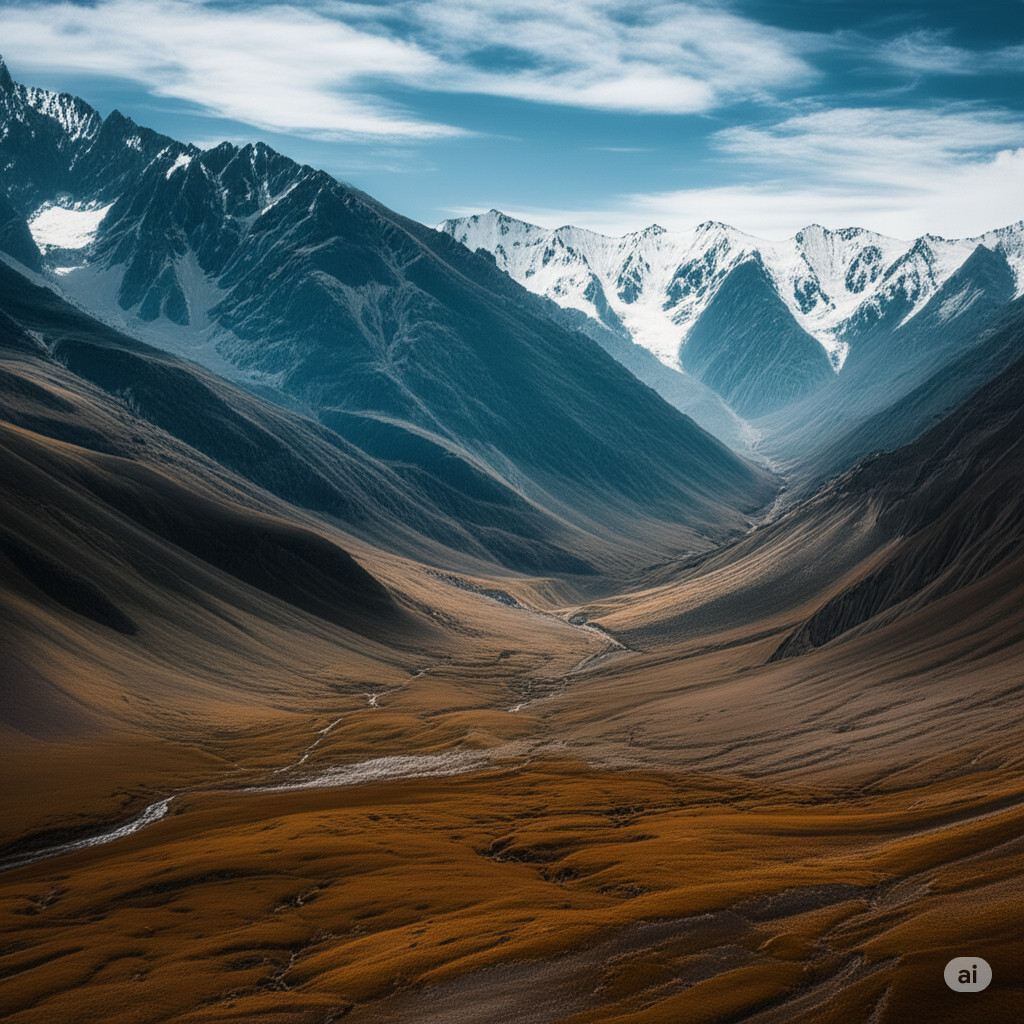
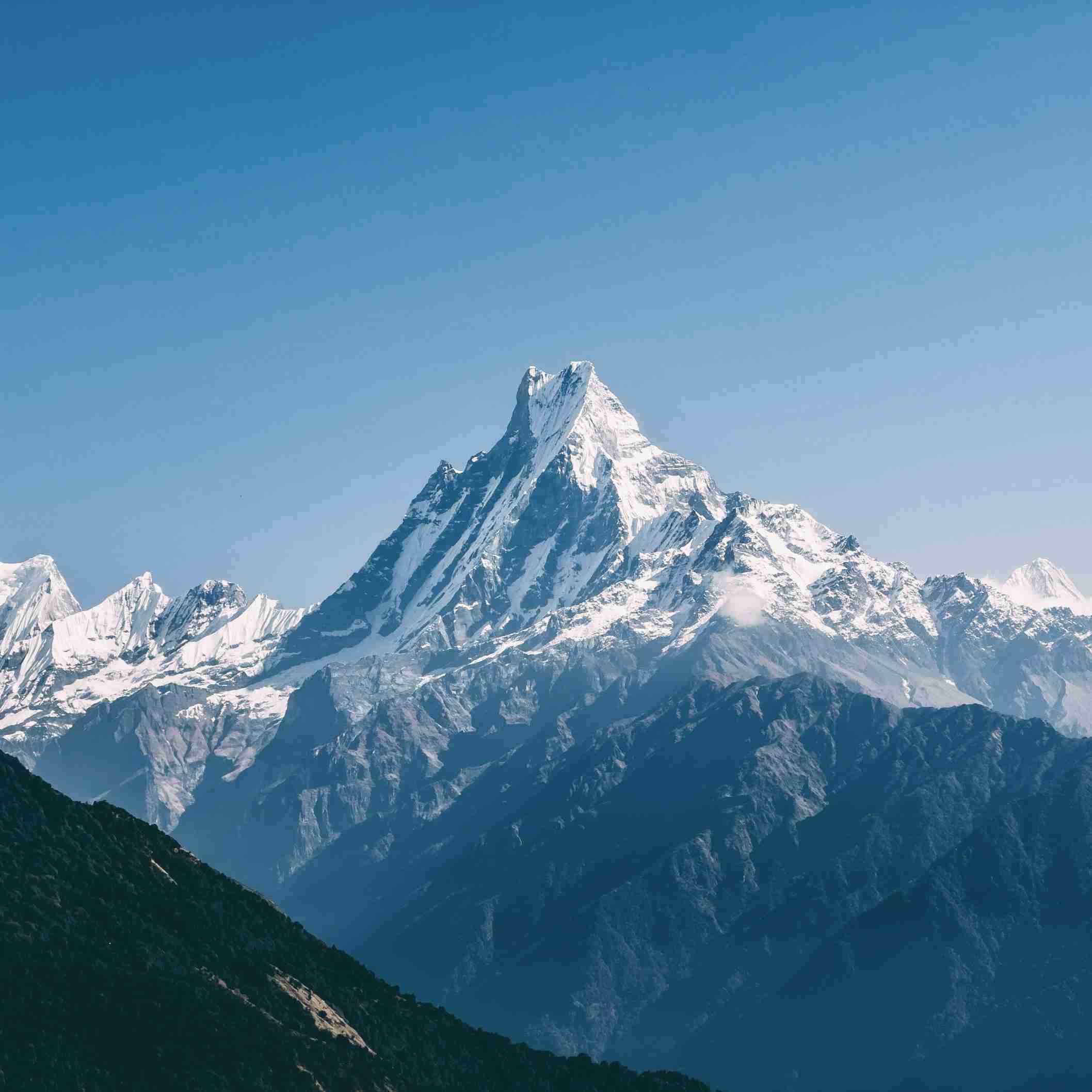
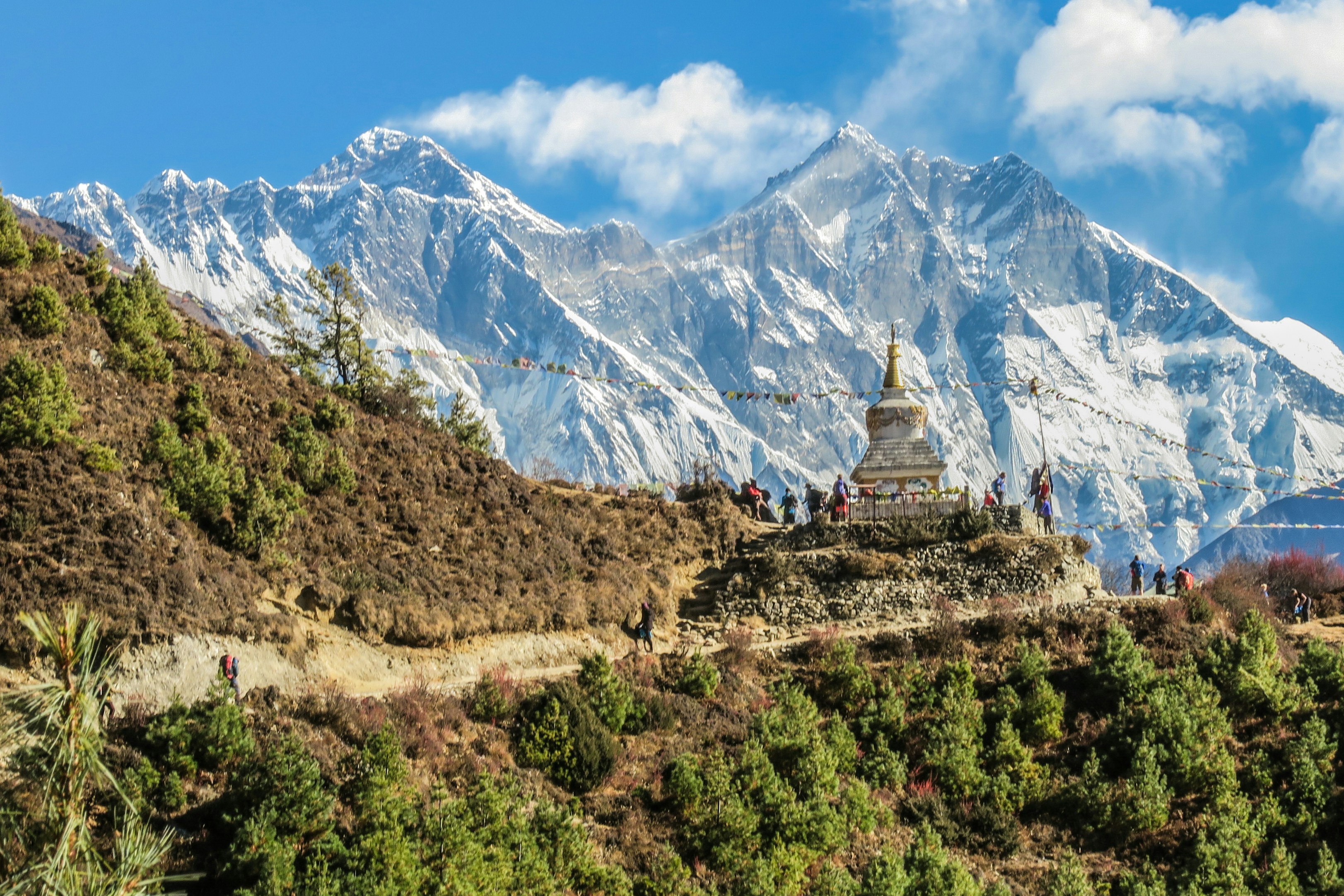
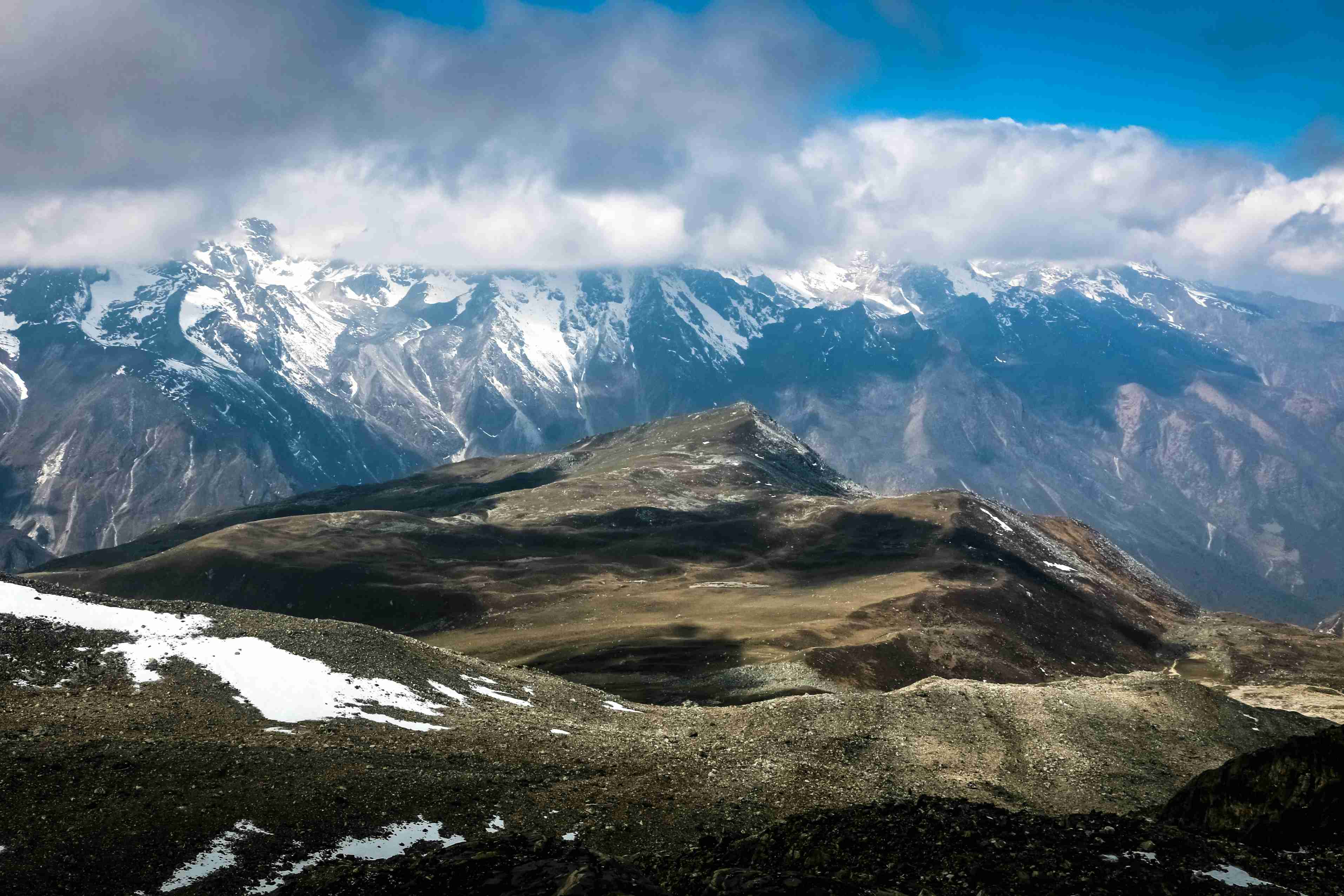
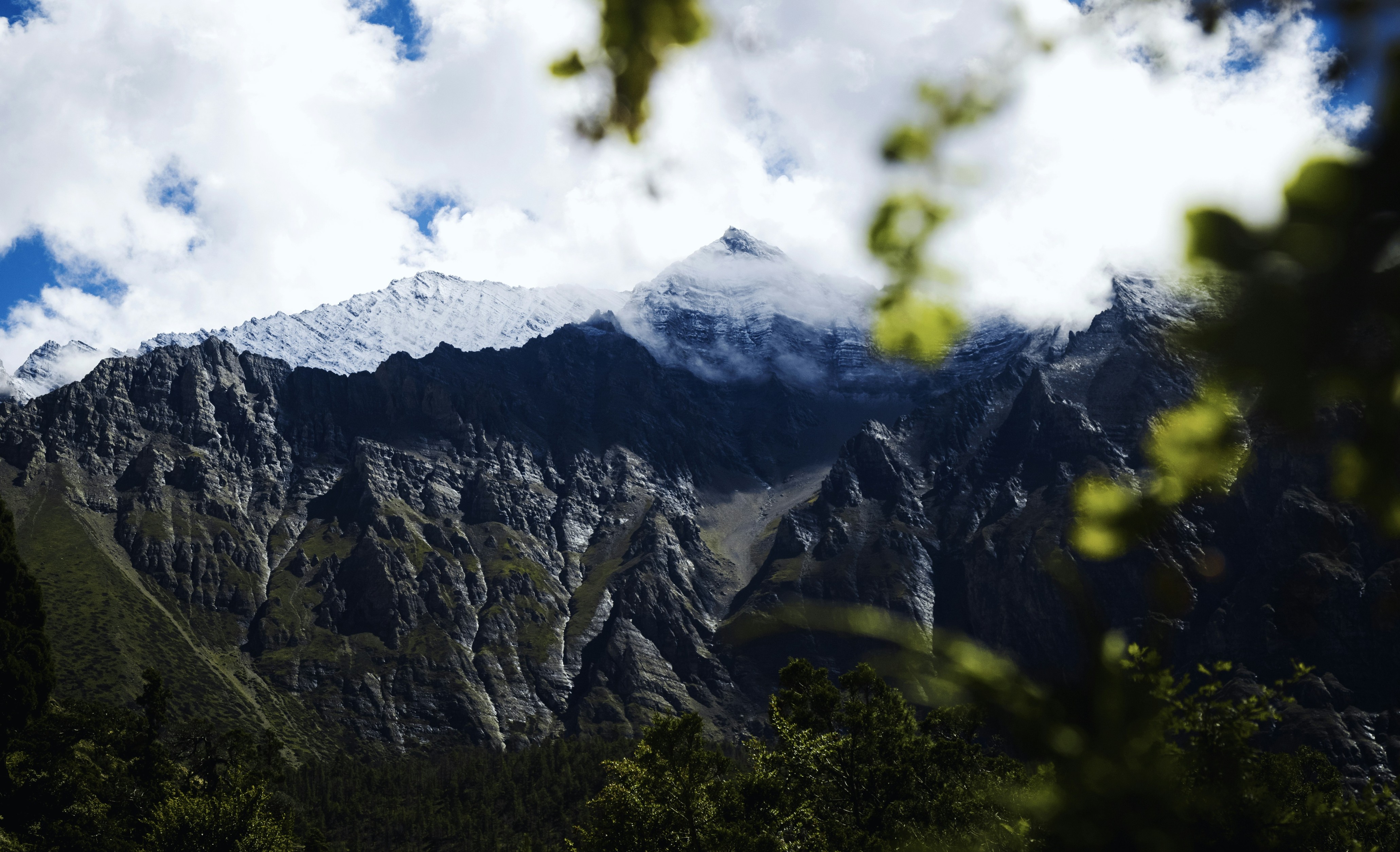
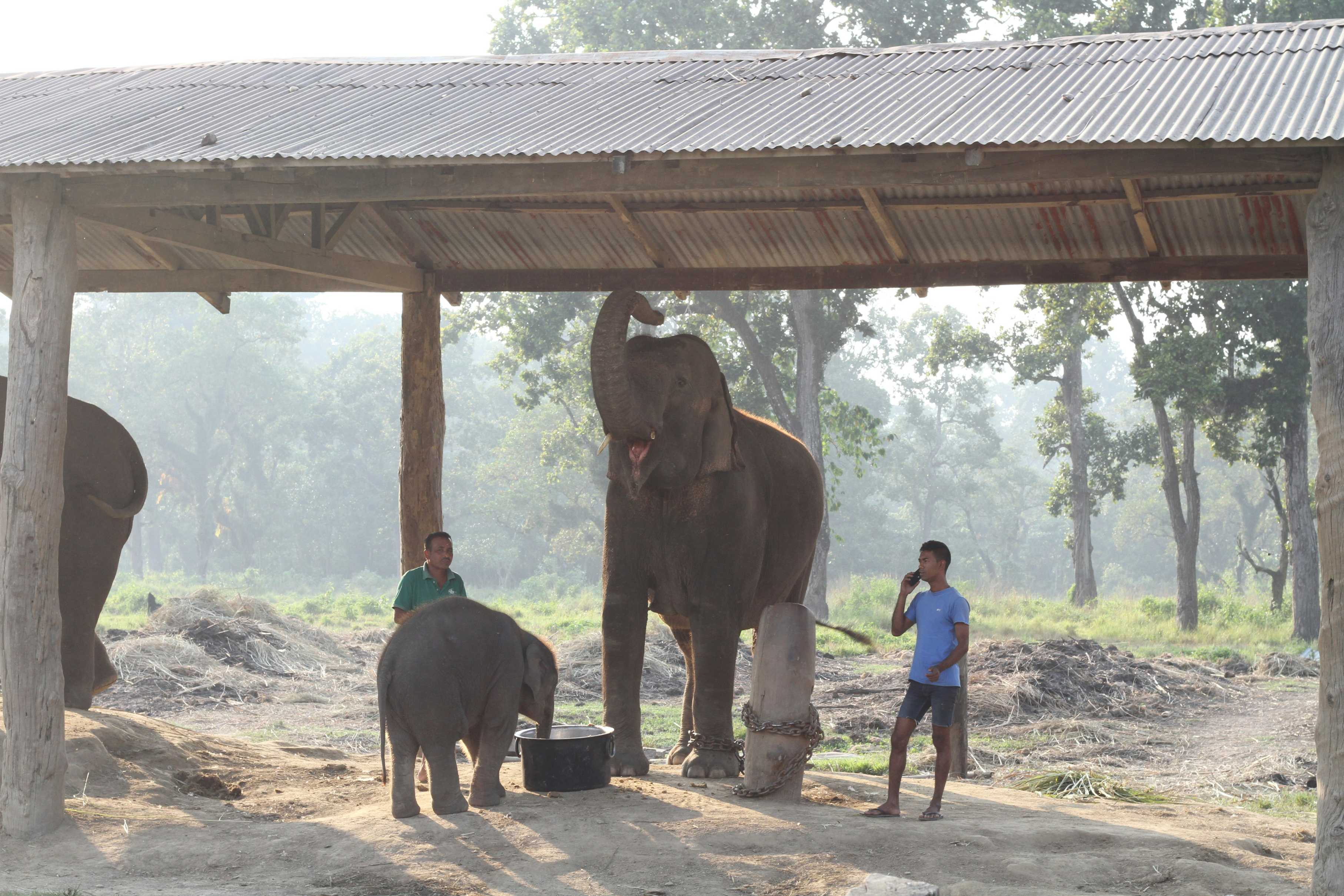
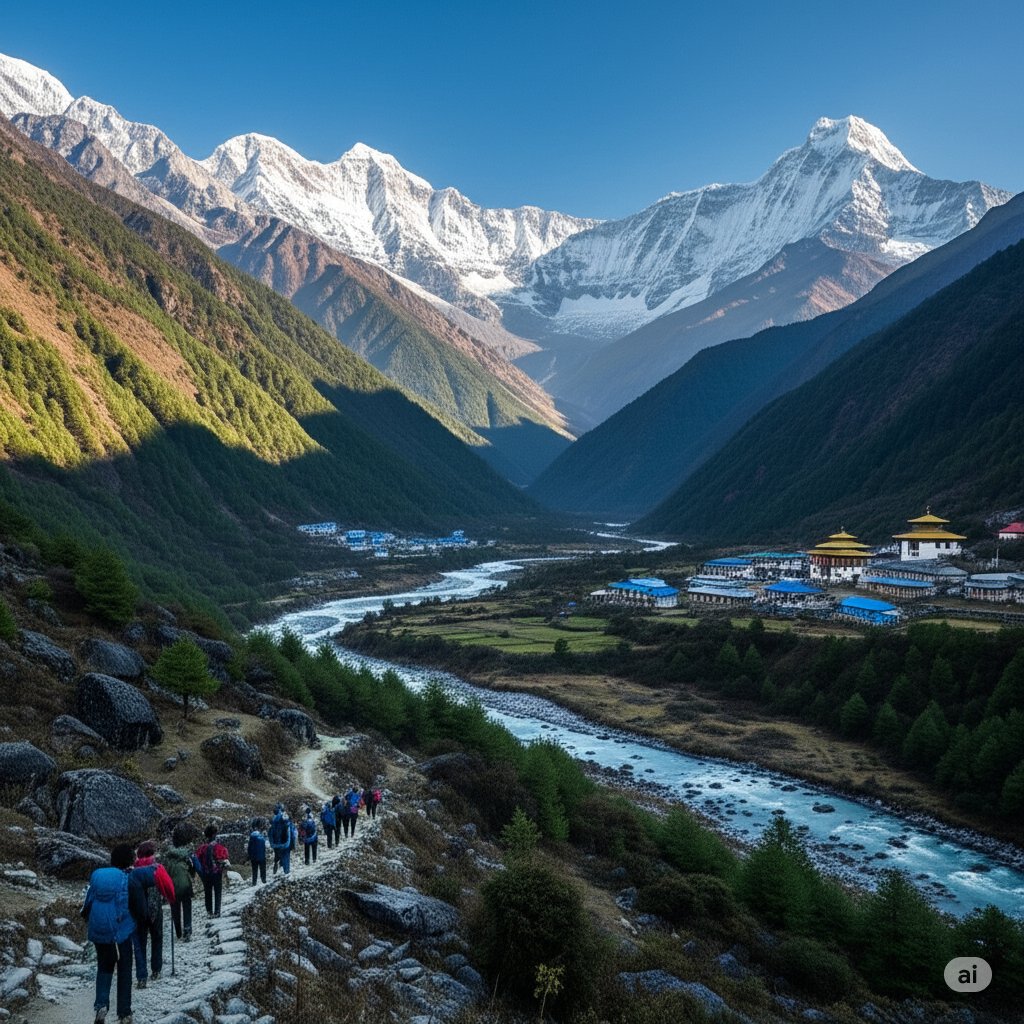
Comments
LOGIN TO POST COMMENT